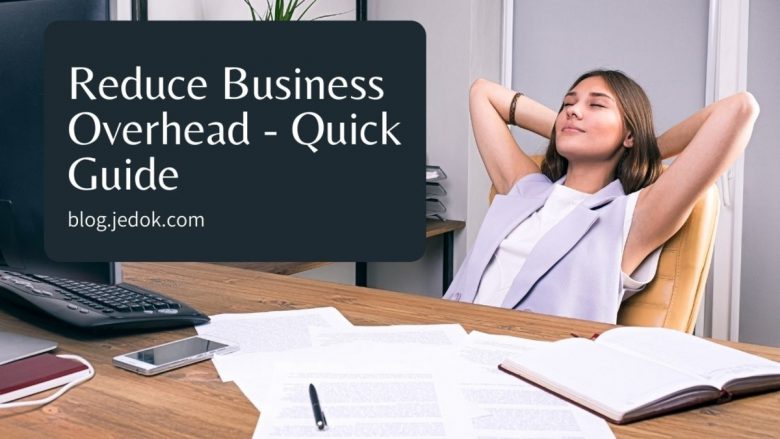
Overheads are a part of every business. Even the tiniest and most streamlined business, run from home with low-cost materials and equipment, will have expenses that keep it afloat. And reducing your overheads to the absolute minimum is one of the ways you can make your business more efficient. In this short guide, you’ll learn how to make your business run more efficiently and with lower overheads, increasing your profit margins and allowing you to offer your customers competitive prices.
Utilities and Rent
It’s possible that your company is renting a facility, an office, or a co-working space where your employees can congregate. You’ll have to pay for electricity, water, heating, and other services like cleaners in each of these spaces. These fees, when added together, are likely among your highest monthly expenses. As a result, they should be your first priority when looking to cut costs.
The business rental market has changed dramatically as a result of the pandemic. Rents should be cheaper now that demand is down and supply is up. Make use of this fact to lower your own rent payments. Meanwhile, you can reduce the cost of electricity business fees and other utilities by using smart comparison sites, which can save you up to 45 percent on what you’re paying now.
Staff and Insurance
Staff wages will be your biggest outgoing, especially if you’re a larger company. These aren’t exactly overheads – your employees make you more money than they cost you – but there are still ways to optimize your workforce so that everyone is pulling in the same direction, with no dead weight and no excessively large ballooning wages. Keep an eye on this at all times to make sure you’re not going over budget on your salary.
Meanwhile, you’ll be providing insurance as a benefit to your employees, as well as insuring your company and its assets. Insurance premiums can be prohibitively expensive, especially in the aftermath of a pandemic. However, you should try to reduce these costs by negotiating with providers over the phone.
Hardware and Equipment
Finally, every company must provide laptops and phones to its employees. These are the most basic and important items on which you’ll be spending money on a regular basis. You’ll also have to pay for software subscriptions. When it comes to price, all of these things operate on a sliding scale, allowing you to choose whether to invest in low-cost equipment and software or spend a little more.
That decision will be based on the quality of the items you want to provide for your team. Do you want them to have the most cutting-edge business computing power, or are you content with a middle-of-the-road solution? Calculate the costs and benefits to ensure that you aren’t overspending on technology, but also that you aren’t buying cheap, unreliable equipment.
Overheads in the workplace must be reduced. This article will show you how to do just that by lowering your operating costs and increasing your profitability.
Learn more from business & technology and Tips on How to Successfully Balance Business and Education.



One Comment